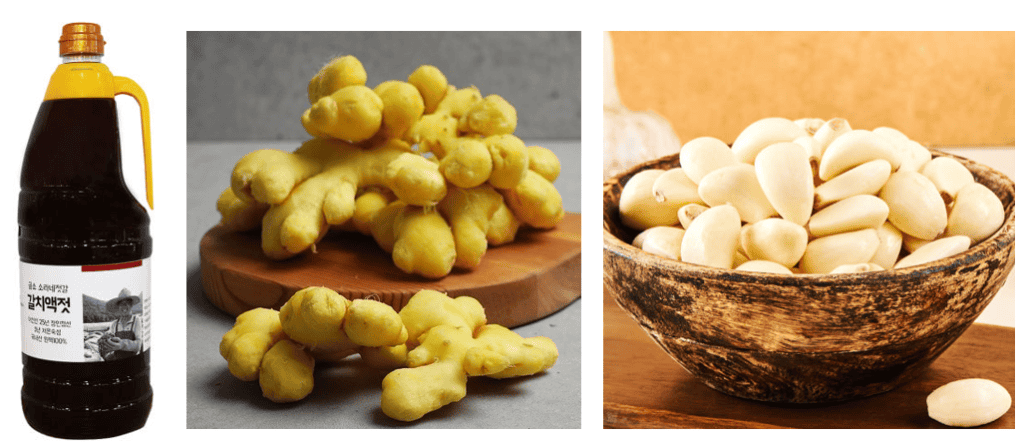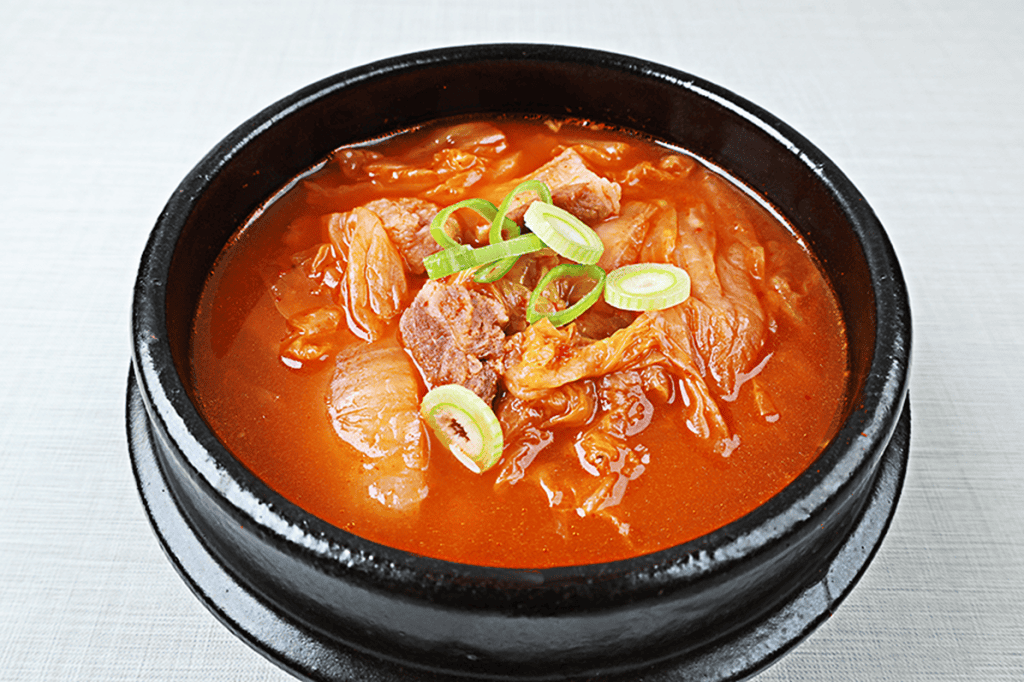Discovering Kimchi – Korea’s Iconic Superfood

Have you ever noticed that in almost every Korean meal, there’s always a small dish of kimchi on the table? Spicy, tangy, crunchy, and refreshing – kimchi is more than just food. It’s a cultural symbol of Korea, and it’s one of the reasons Korean cuisine has captured the world’s attention.
The best part? You don’t have to travel to Korea to enjoy kimchi. With the right ingredients and a bit of guidance, you can learn to make your own at home – and once you do, you’ll never look at salads or pickles the same way again.
What Is Kimchi?
A Brief History of Kimchi

Kimchi dates back over a thousand years. It began as a simple way to preserve vegetables during Korea’s harsh winters. Over centuries, it evolved into the beloved fermented dish we know today, with countless variations depending on region and season.
Why Kimchi Is Loved Worldwide
Kimchi isn’t just delicious – it’s healthy. It’s packed with probiotics, vitamins, and fiber, making it a superfood in every sense. That’s why health enthusiasts and food lovers around the globe have embraced it.

Essential Ingredients for Kimchi
Napa Cabbage and Radish

The two most common vegetables for kimchi are napa cabbage (baechu) and Korean radish (mu). Napa cabbage kimchi is the most iconic version, but radish kimchi (kkakdugi) is equally popular with its crunchy texture. Both are perfect for absorbing the bold, spicy paste.
Gochugaru (Korean Chili Flakes)

The heart of kimchi’s flavor comes from gochugaru. These Korean red chili flakes are bright, smoky, and slightly sweet. They bring the vibrant red color and the signature heat that kimchi is known for.
Garlic, Ginger, and Fish Sauce

Garlic and ginger add sharpness and aroma, while fish sauce provides a deep umami base. Some versions also use salted shrimp (saeujeot) for extra richness. These ingredients transform simple vegetables into something unforgettable.
Step-by-Step Guide – How to Make Kimchi
Preparing the Vegetables

- Cut the napa cabbage into halves or quarters.
- Soak in salt water and sprinkle coarse salt between the leaves. This helps soften the cabbage and draws out excess water.
- Leave it for a few hours, turning occasionally, until the leaves are wilted but still firm.
Making the Kimchi Paste
- Mix gochugaru, minced garlic, ginger, fish sauce, sugar, and a little water or rice flour porridge.
- Add sliced radish, green onions, and sometimes carrots or chives for texture.
- Stir until you have a thick, spicy paste.

Mixing and Fermenting
- Spread the paste evenly between the cabbage leaves.
- Pack the kimchi tightly into a clean jar or container, pressing down to remove air bubbles.
- Leave at room temperature for 1–2 days to kickstart fermentation, then store in the fridge.
- Kimchi tastes best after about a week, but you can enjoy it earlier if you like it fresh.

How to Eat Kimchi
As a Side Dish
The simplest way to eat kimchi is just as it is – a crunchy, spicy side dish with rice and soup. It’s the foundation of the Korean dining table.

In Main Dishes
- Kimchi Jjigae (Stew): Kimchi simmered with pork, tofu, and onions creates a rich and spicy soup.
- Kimchi Fried Rice: Add leftover kimchi to rice for a quick and flavorful meal.
- Kimchi Pancakes: A crispy snack made by mixing kimchi with flour batter.

Creative Fusion Ideas
Kimchi also shines in fusion cooking. Add it to grilled cheese sandwiches, tacos, or even pasta for a tangy kick. It’s proof that kimchi can adapt to any cuisine.

Health Benefits of Kimchi
Kimchi isn’t just tasty – it’s one of the healthiest foods you can eat.
- Probiotics: The fermentation process fills kimchi with gut-friendly bacteria.
- Vitamins & Minerals: Rich in vitamins A, B, and C, plus calcium and iron.
- Low Calorie, High Fiber: Great for digestion and weight management.
- Boosts Immunity: Many studies show fermented foods help strengthen your immune system.
Where to Buy Kimchi Abroad
If making kimchi from scratch feels overwhelming, don’t worry – you can easily buy it.
- Asian Grocery Stores: Look for brands like Chongga or Bibigo in the refrigerated section.
- Local Supermarkets: Many big chains now carry jars of kimchi in their international aisles.
- Online Shopping: Amazon and Korean specialty stores ship kimchi directly to your door.
- Farmer’s Markets: Some local vendors make small-batch, artisanal kimchi.
Bringing Kimchi to Your Everyday Life
Adding kimchi to your meals doesn’t have to be complicated. Keep a jar in your fridge, and use it to:
- Brighten up a simple sandwich.
- Add flavor to your morning eggs.
- Toss into noodles or pasta for a spicy twist.
Kimchi is flexible, fun, and flavorful. Once you get used to having it around, it will become as natural as salt or pepper in your kitchen.
Leave a Reply